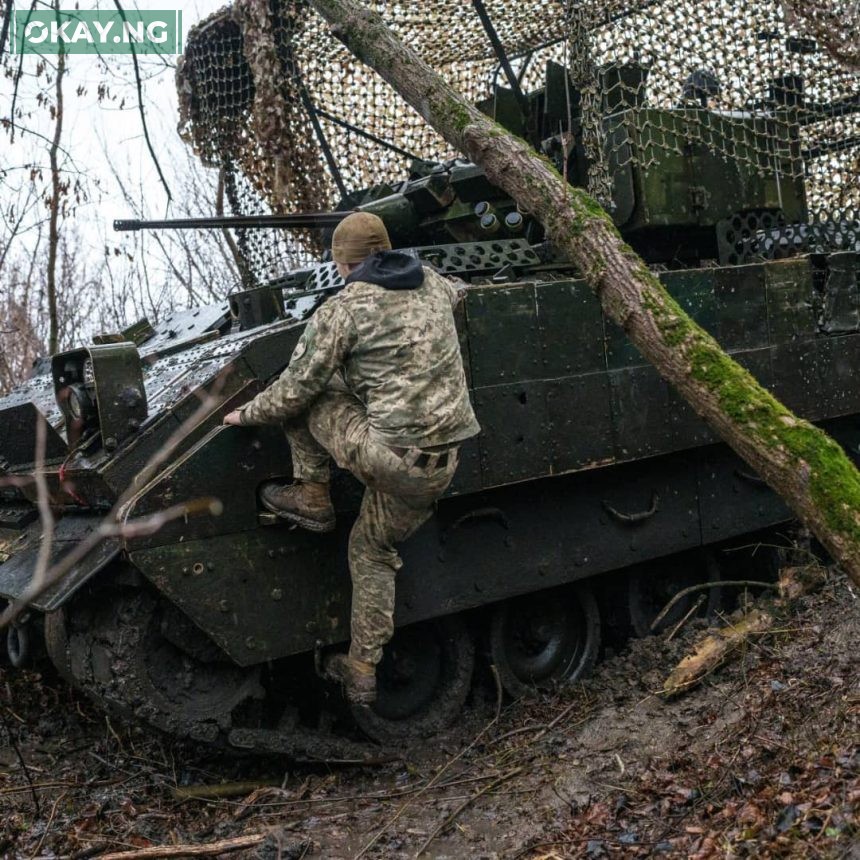Ukraine’s defense against Russian aggression heavily relies on U.S. military aid, particularly for advanced weaponry and ammunition. Without this support, Kyiv could face significant challenges in maintaining its current level of combat operations.
The United States has been a pivotal ally for Ukraine, providing over $65.9 billion in military assistance since Russia’s full-scale invasion in 2022.
This aid includes sophisticated systems such as the M142 High Mobility Artillery Rocket System (HIMARS), which has been instrumental in targeting Russian command posts and ammunition depots.
The precision and effectiveness of HIMARS have been acknowledged by Ukrainian officials as a game-changer on the battlefield.
In addition to HIMARS, the U.S. has supplied Ukraine with M1 Abrams tanks, enhancing the country’s armored capabilities.
The deployment of these tanks has provided Ukrainian forces with a technological edge in ground engagements.
A potential reduction or cessation of U.S. military aid would pose significant challenges for Ukraine. The country produces approximately 55% of its military hardware domestically, focusing on small arms and basic equipment.
However, for advanced technologies like air-defense systems and long-range artillery, Ukraine remains dependent on external support, primarily from the U.S.
Without U.S. aid, Ukraine could sustain its current level of fighting only until the summer, after which it would likely face shortages of ammunition and sophisticated weaponry. This shortfall could impede Ukraine’s ability to defend its territory and conduct effective counteroffensives.
European nations have stepped up their support, contributing around $25 billion in military aid in 2024. Countries like Denmark have announced substantial increases in defense spending, with plans to boost their military budget by over 70% in response to growing threats from Russia and pressure from the U.S.
Despite these efforts, replacing sophisticated U.S. systems would be challenging for European allies. The European defense industry faces hurdles in ramping up production quickly due to years of disarmament and political constraints. This limitation raises concerns about Europe’s ability to fill the gap left by a potential reduction in U.S. aid.
Recent political developments have added uncertainty to the future of U.S. support for Ukraine. Former President Donald Trump’s criticism of Ukrainian leadership and his calls for European nations to take on more responsibility for regional security have raised questions about the continuity of U.S. aid.
Ukrainian soldiers have expressed concerns that potential peace negotiations led by the U.S. could force Ukraine into making concessions, potentially solidifying Russian control over occupied territories. The apprehension stems from fears that reduced U.S. support could weaken Ukraine’s negotiating position and undermine its sovereignty.








